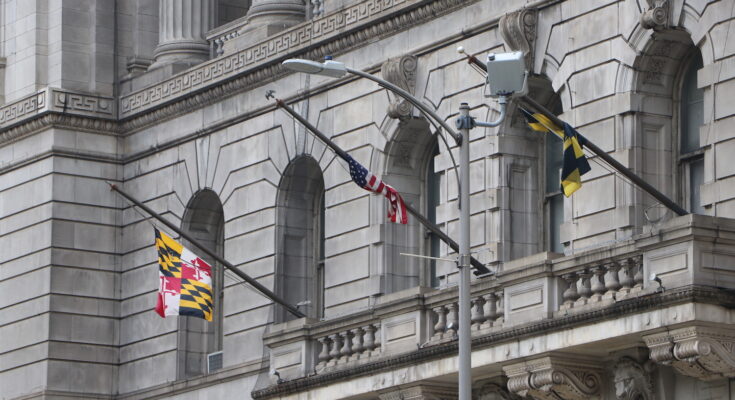
Thank you for reading Baltimore Witness.
Consider making a donation to help us continue our mission.
By
Nicholas Carter
– July 11, 2025
Attempted Murder
|
Court
|
Daily Stories
|
Suspects
|
1919 N,Broadway Baltimore Maryland
Tensions escalated in Baltimore City Circuit Court on July 11 during a hearing for Jonathan Milton Clarence Jr., as attorneys debated courtroom conduct and the validity of digital evidence.
Clarence, 21, is charged with attempted first- and second-degree murder and assault, use of a firearm in a felony or violent crime, reckless endangerment, and several related handgun violations in connection to a non-fatal shooting incident that occurred Nov. 9, 2024, near Harfield Heights Elementary School on the 1900 block of N. Broadway.
Before Judge Lynn S. Mays entered the courtroom, defense attorney Daniel P. Mooney and the prosecution argued for several minutes about timestamps on video evidence and the grounds for disclosing evidence obtained through a phone search.
Hearing the dispute, Judge Mays expressed concern about the tone and content of the exchange, stating she found the argument to be disrespectful. She emphasized that the court had reviewed the video evidence and confirmed the timestamps were accurate.
Judge Mays ordered the prosecution to sit and warned her to be cautious, calling her words toward the defense slanderous. The prosecution responded that her words were misunderstood and clarified that she did not directly accuse the court of misleading anyone. Judge Mays reiterated that the court had not been misled.
The court also addressed whether the prosecution had the qualifications to explain the phone data. Judge Mays ruled that, despite the witness’ training, she was not considered an expert witness.
Judge Mays granted the defense’s motion to suppress the phone evidence, stating that the warrant used to obtain the data was overly broad. She noted that although the data was later filtered, the collection process had captured too broad data, and cited the Fourth Amendment’s protection against illegal search and seizures.
Due to the extended discussions, the court did not proceed with jury selection. Parties are expected to reconvene for jury selection on July 14.


